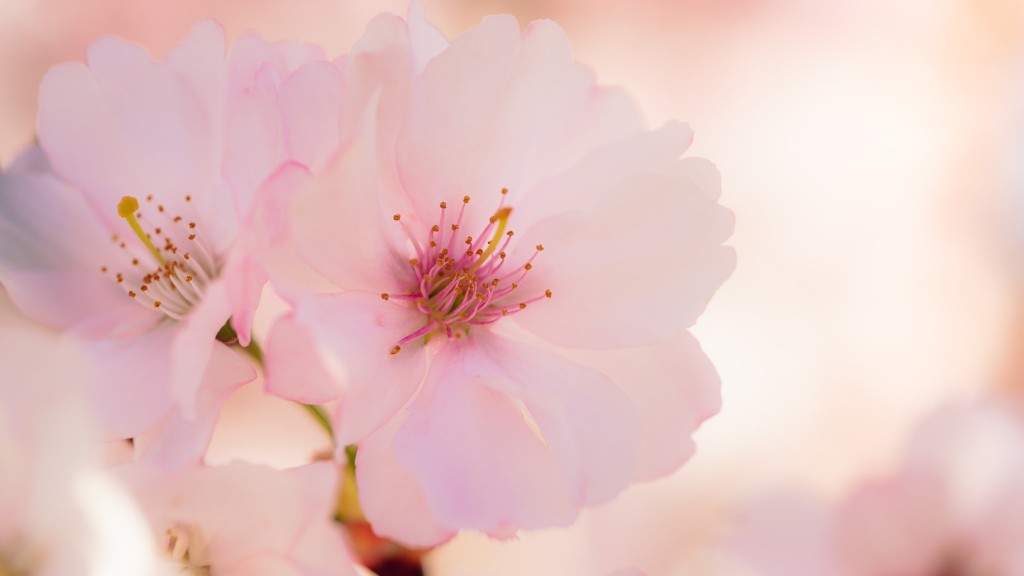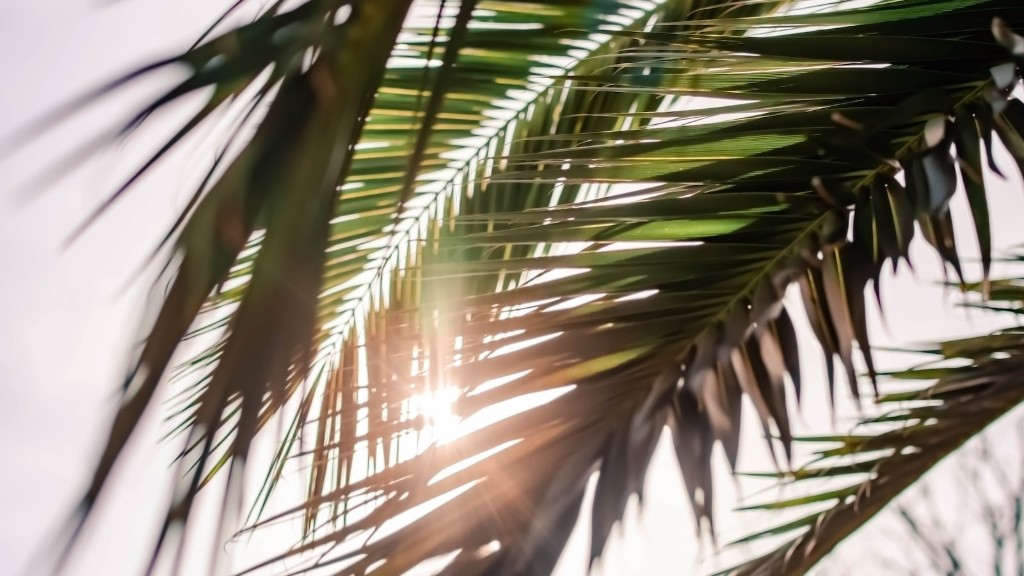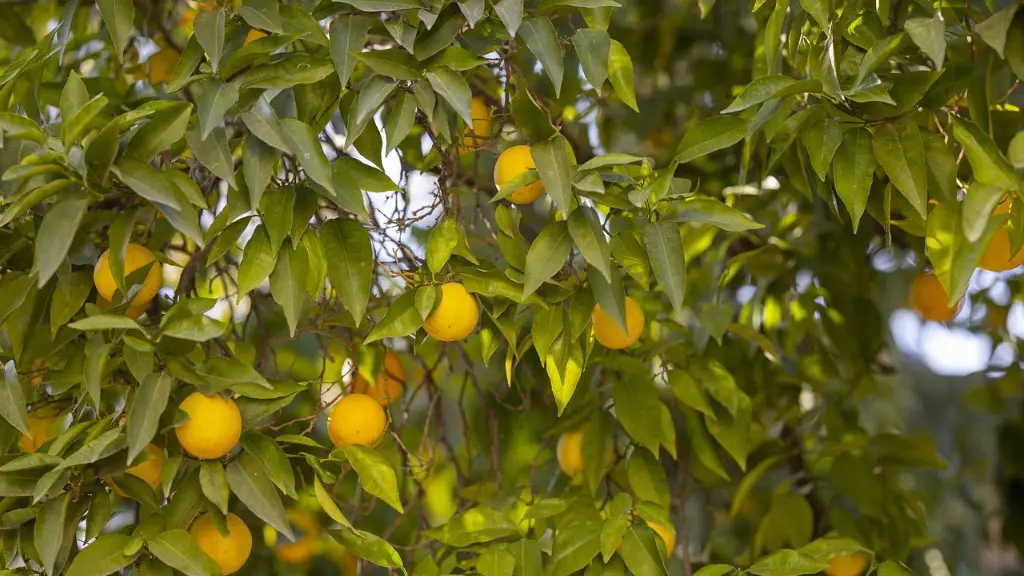Preparing the Area
Before painting a cherry tree, the painter should take steps to ensure the painting area is safe and prepared for painting. This involves protecting the area from the elements, such as the sun and rain. A canvas or board should be placed on the ground or in a stable location as the painting location. Any objects in the painting area that may create a distraction should be removed prior to painting. It is important to consider the type of brush used for painting the cherry tree, as certain brushes may be better suited to the overall painting style that the painter wishes to achieve. Good quality brushes should be used which are not prone to dripping or clogging due to the type of paint used.
Transferring the Reference Image
Once the painting area is ready, a reference image should be drawn onto the board. This is the starting point for painting the cherry tree, and should be done using a light-colored pencil or chalk. Drawing out the image beforehand will help the painter plan out the strokes they need to make and the colors they need to use. It is also important to keep the alignment of the reference image in mind, as this will affect the overall appearance of the painting. Care should be taken for precision when transferring the reference image onto the board.
Painting the Outline
Once the reference image has been drawn onto the board, the painter can begin to paint the outline of the cherry tree. This is the basis of the painting and should be done with short, controlled strokes. Good quality paint should be used, and the painter should ensure to evenly distribute the paint and not leave any drip marks or uneven patches. If possible, the painting should also be shielded from direct sunlight, as this could cause the paint to fade and crack. Once the outline is complete, the painter can move onto painting the other elements of the cherry tree.
Adding Details and Color
The next step in painting a cherry tree is to add details and color. This involves using different brushes to achieve the desired effect. For example, a dry brush technique can be used to paint the branches of the tree, and a wet brush technique can be used to blend and soften the edges of the tree. Finally, the painter can choose colors that reflect the natural colors of a cherry tree. Neutral colors such as brown and gray can be used to provide an understated look to the painting, while brighter colors such as pink, red, and yellow can be used to create a cheerful look.
Highlighting and Finishing Touches
Once all the colors have been added, the painter can begin to add some final touches to the painting. Highlighting can be used to create a greater sense of depth and realism. This can be done by using a lighter color over parts of the painting and blending it in. This will bring out the contours, making the painting more three-dimensional. The painter can also add small details to the painting, such as leaves, buds, and cherries, to further enhance the overall look.
Preserving and Displaying
Once the painting is complete, the painter should take steps to ensure that it is properly preserved. This means protecting it from direct sunlight, as well as from moisture and dust. If possible, the painting should be framed in a glass or wooden frame, as this will protect it from damage. Finally, the painting should be displayed in a prominent spot, where it can be admired by all.
Experimenting with Mediums
There are various mediums that can be used when painting a cherry tree. The most common medium is oil paint, but stencils, watercolor, and acrylics can also be used. With each medium, the painter has different methods and techniques that they can use. For example, with oil paints, the painter can use glazing techniques to create greater depth, while with watercolor the painter can use washes to achieve a softer look. Experimenting with different mediums can help the painter find the technique that best suits their needs.
Making a Digital Painting
In addition to traditional painting methods, the painter can also make a digital painting of a cherry tree. This is achieved by using graphic design software such as Adobe Photoshop or Corel Painter. Using a graphic tablet, the painter can draw or paint the cherry tree directly on the computer screen. Digital paintings can benefit from the use of textures and special effects, especially when combined with traditional painting methods.
Finding Inspiration
When painting a cherry tree, the painter should consider finding sources of inspiration that will help improve the painting. This could involve looking for photographs of cherry trees, visiting cherry tree gardens to observe the trees, or researching artworks of cherry trees made by other artists. Understanding the different characteristics of a cherry tree and the color combinations used by other artists can help the painter achieve a more realistic painting.
Exploring Different Stylistic Elements
When painting a cherry tree, the painter can choose to explore different stylistic elements to create a unique painting. This could involve using various brush techniques such as impasto, layering, and stippling. The painter can also add other creative elements to the painting, such as stones, birds, and even people. Exploring different stylistic elements can help the painter create a painting that expresses their own personal style.


